
Home of AAJ 2018 Annual Convention
The American Association for Justice (AAJ) Annual Convention that recently took place July 7-10, 2018 in Denver, Colorado, was an eye-opening experience. I was asked to speak on Avoiding Ethical Missteps in Promoting Your Firm, as part of a Professional Negligence Section CLE Program track. Besides a multitude of CLE programs on themes that ranged from trampoline injuries to the hugely popular (standing room only) sexual assault litigation group programs in what is now the #MeToo era, I found that a walk through the Expo Hall offered dozens of vendors providing products and services geared toward marketing, business development, and simply getting leads…and converting them. Some were quite entrepreneurial and unique; some made me a bit queasy (regardless of whether I was wearing my marketing attorney hat or ethics attorney hat, or both). There are seemingly hundreds of companies with the “best” web development, SEO and PPC strategies. And, yet, there were products that got me to stop, watch a demo, and grab a business card.
The track in which I participated as a faculty member, Professional Negligence, offered an excellent day of subjects and attorney speakers, including: Finding Damages Through Every Witness Defense and Plaintiff, J. Jude Basile; my Avoiding Ethical Missteps in Promoting Your Firm session; Cross-Examination of Defendants in Medical Negligence Cases, Paul A. Casi; Captivating the Jury, William P. Lightfoot; Leveling the Playing Field: A Jury Selection System that Roots Out Bias, Keith R. Mitnik; Practical Application of Electronic Medical Records for Trial, James Puga and Don Hanson; The Affordable Care Act: Are Future Damages a Thing of the Past?, Emily G. Thomas; Topics in Calculating Economic Damages for Personal Injury and Wrongful Death, Gene A. Trevino; Direct Examination or “The Heart of the Trial”: Direct Examination From A to Z, Thomas J. Vesper; and Avoiding Legal Malpractice, David L. Wikstrom.
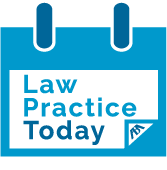
 Marketing Attorney Blog
Marketing Attorney Blog


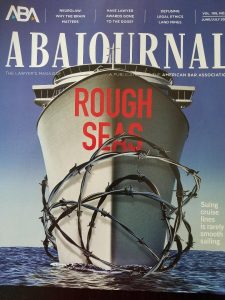 In the June/July 2020 issue of the
In the June/July 2020 issue of the 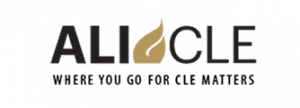 Of all the topics I have presented on in 22+ years of teaching law marketing ethics CLEs, my program on navigating the Three Rs—Ratings, Rankings and Reviews—may be my favorite. If you need your ethics credit, find your law firm often enveloped in dealing with the 3 Rs, or just enjoy the subject matter, join me for this live webcast on Tuesday, October 29, 2019 from 1-2 pm ET.
Of all the topics I have presented on in 22+ years of teaching law marketing ethics CLEs, my program on navigating the Three Rs—Ratings, Rankings and Reviews—may be my favorite. If you need your ethics credit, find your law firm often enveloped in dealing with the 3 Rs, or just enjoy the subject matter, join me for this live webcast on Tuesday, October 29, 2019 from 1-2 pm ET.

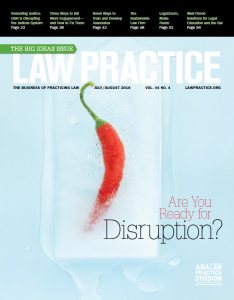 Whenever I pass a roadside diner promising something like “world’s best cherry pie,” I think about lawyer advertising restrictions. Because no law firm or lawyer could tout themselves as the best or greatest—and many of the taglines, phrases and symbols used to market products and services to consumers are restricted or outright prohibited in the legal profession.
Whenever I pass a roadside diner promising something like “world’s best cherry pie,” I think about lawyer advertising restrictions. Because no law firm or lawyer could tout themselves as the best or greatest—and many of the taglines, phrases and symbols used to market products and services to consumers are restricted or outright prohibited in the legal profession.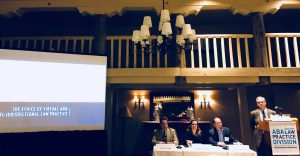 Recently, I had the privilege of serving on a panel at the American Bar Association’s Law Practice Division continuing legal education program on the ethics of virtual and multi-jurisdictional lawyering in Santa Fe, New Mexico. The program was co-sponsored by the State Bar of New Mexico, and took place on May 18, 2018 at the Inn and Spa at Loretto.
Recently, I had the privilege of serving on a panel at the American Bar Association’s Law Practice Division continuing legal education program on the ethics of virtual and multi-jurisdictional lawyering in Santa Fe, New Mexico. The program was co-sponsored by the State Bar of New Mexico, and took place on May 18, 2018 at the Inn and Spa at Loretto.